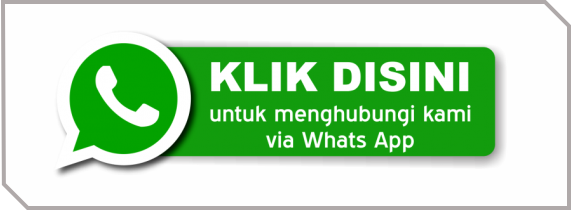Peran Teknologi Dalam Pengembangan Keterampilan Membaca Siswa Kelas Kelas VIII SMPN 2 Bone
DOI:
https://doi.org/10.62383/hardik.v1i1.338Keywords:
Technology, Reading Skills, Education, Middle School, Learning InnovationAbstract
This research aims to explore the role of technology in developing the reading skills of class VIII students at SMPN 2 Bone. With rapid technological advances, education is experiencing a significant transformation, including in teaching and learning methods for reading. This study uses a qualitative approach with a case study method to understand the impact of using technology such as educational software, e-books, and interactive reading applications on students' reading abilities. Data was collected through classroom observations, interviews with teachers and students, and document analysis. The results showed that the use of technology significantly increased students' motivation and interest in reading, as well as improving their reading comprehension. Technology allows access to a variety of more interesting and interactive reading materials, which not only improve reading skills but also broaden students' horizons and knowledge. However, this research also found several challenges, such as limited technological infrastructure and the need for training for teachers to utilize technology effectively. In conclusion, technology has great potential in developing students' reading skills, as long as it is implemented with the right strategies and adequate support.
References
Arsyad, A. (2021). Media Pembelajaran. Jakarta: PT Raja Grafindo Persada.
Creswell, J.W. (2019). Research Design: Qualitative, Quantitative, and Mixed Methods Approaches (4th ed.). Thousand Oaks, CA: SAGE Publications.
Johnson, L., Adams Becker, S., Estrada, V., & Freeman, A. (2018). NMC Horizon Report: 2014 K-12 Edition. Austin, Texas: The New Media Consortium.
Kamil, M. (2019). Media Pembelajaran: Penggunaan dan Pengembangannya. Jakarta: Bumi Aksara.
Kemendikbud. (2013). Kurikulum 2013: Pedoman Pelaksanaan Pembelajaran di Sekolah Menengah Pertama. Jakarta: Kementerian Pendidikan dan Kebudayaan.
Mayer, R.E. (2020). Multimedia Learning (2nd ed.). New York: Cambridge University Press.
Miles, M.B., Huberman, A.M., & Saldana, J. (2018). Qualitative Data Analysis: A Methods Sourcebook (3rd ed.). Thousand Oaks, CA: SAGE Publications.
Prensky, M. (2020). Teaching Digital Natives: Partnering for Real Learning. Thousand Oaks, CA: Corwin Press.
Robbins, S.P., & Judge, T.A. (2023). Organizational Behavior (15th ed.). Boston: Pearson.
UNESCO. (2014). Reading in the Mobile Era: A Study of Mobile Reading in Developing Countries. Paris: United Nations Educational, Scientific and Cultural Organization.
Warschauer, M., & Matuchniak, T. (2020). New Technology and Digital Worlds: Analyzing Evidence of Equity in Access, Use, and Outcomes. Review of Research in Education, 34(1), 179-225.
Yin, R.K. (2019). Case Study Research: Design and Methods (5th ed.). Thousand Oaks, CA: SAGE Publications.
Zhao, Y., & Frank, K.A. (2023). Factors Affecting Technology Uses in Schools: An Ecological Perspective. American Educational Research Journal, 40(4), 807-840.
Zur, O., & Zur, A. (2021). On Digital Immigrants and Digital Natives: How the Digital Divide Affects Families, Educational Institutions, and the Workplace. The Zur Institute. Retrieved from [https://www.zurinstitute.com/digital
Downloads
Published
How to Cite
Issue
Section
License
Copyright (c) 2024 Harmoni Pendidikan : Jurnal Ilmu Pendidikan

This work is licensed under a Creative Commons Attribution-ShareAlike 4.0 International License.













